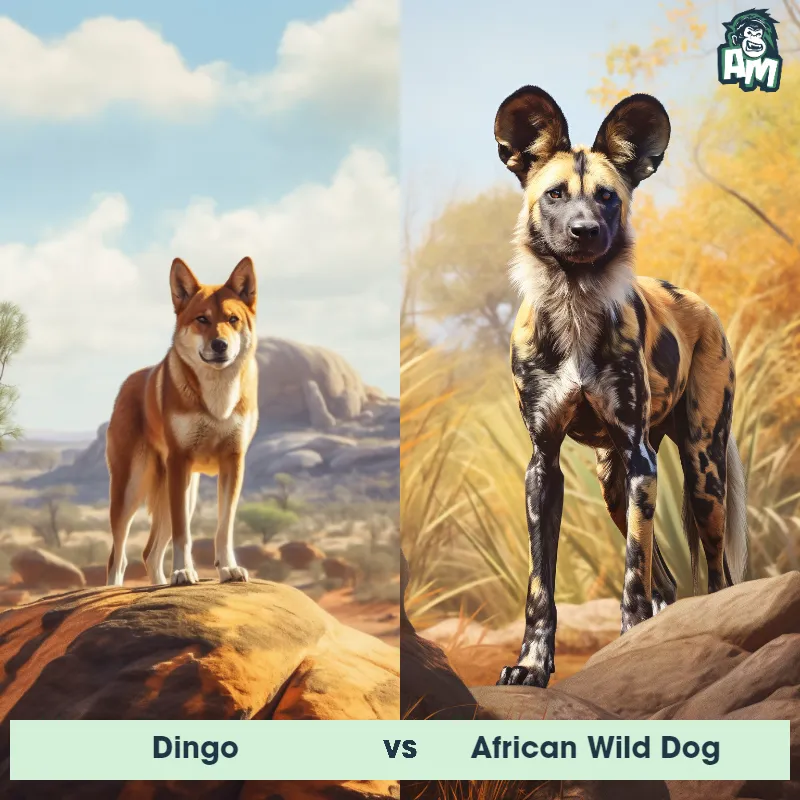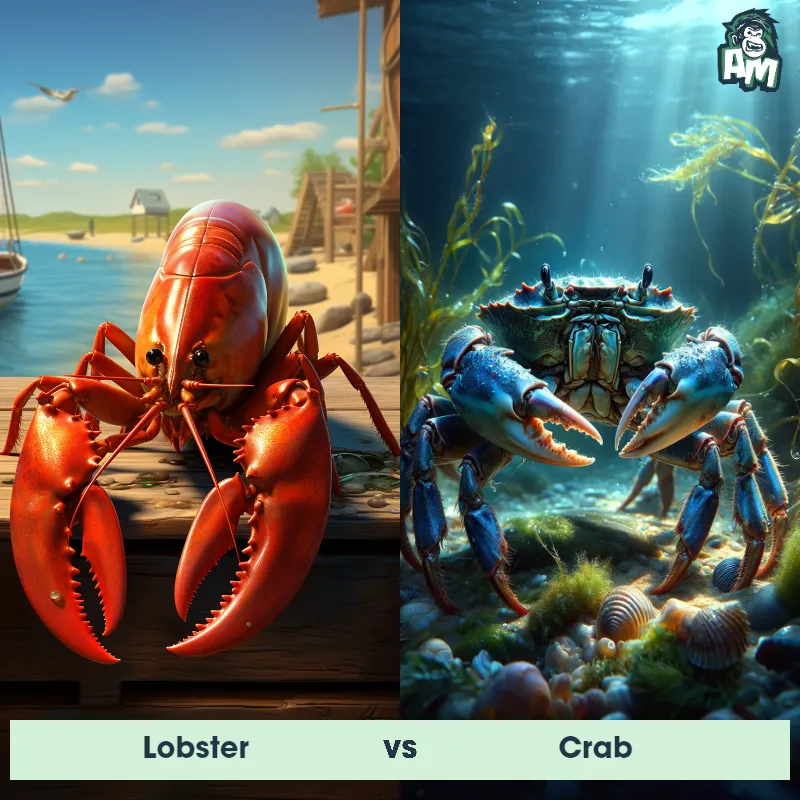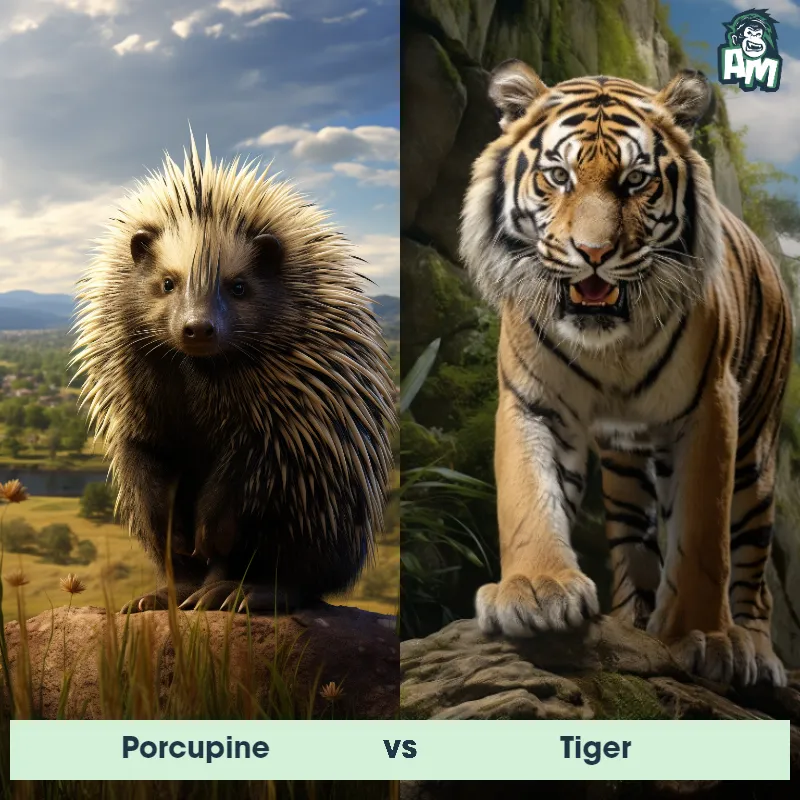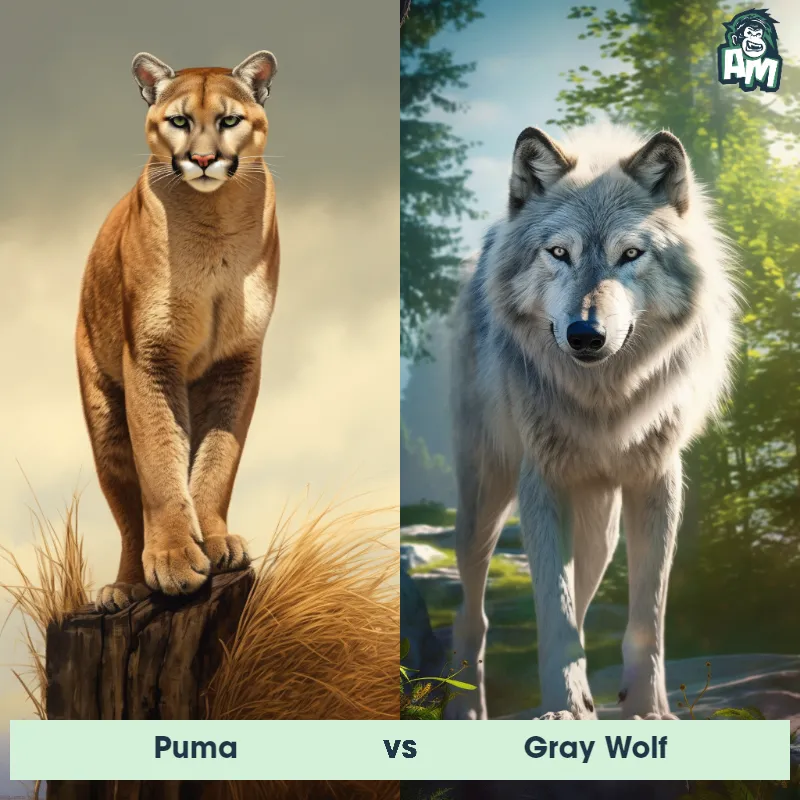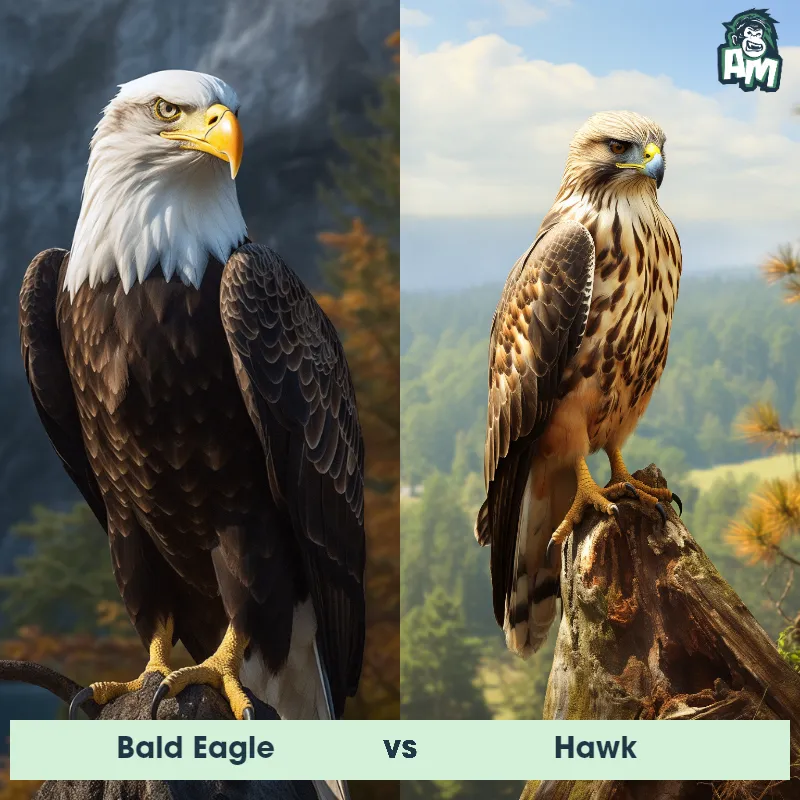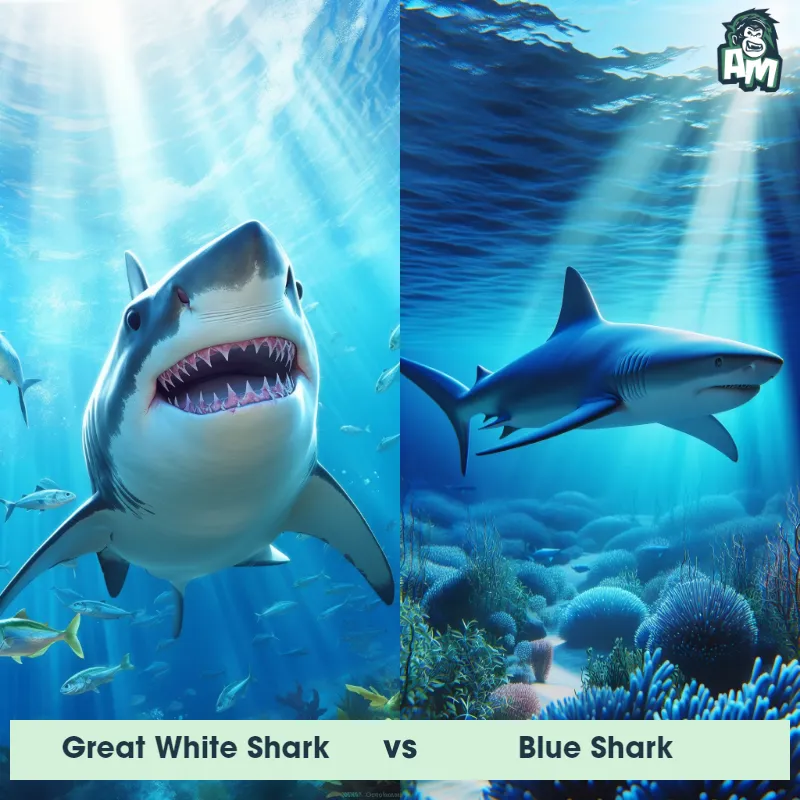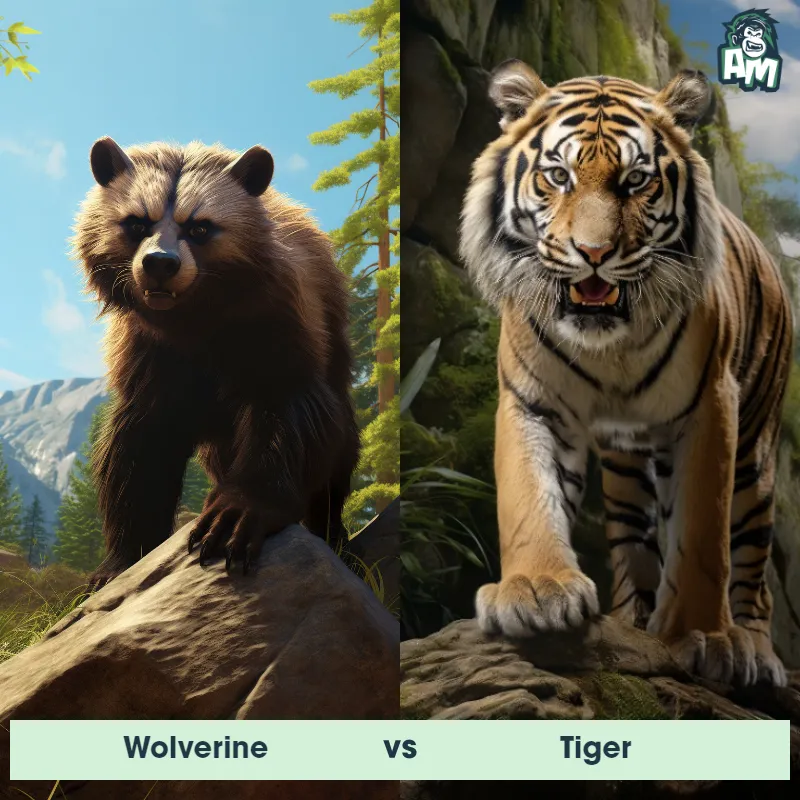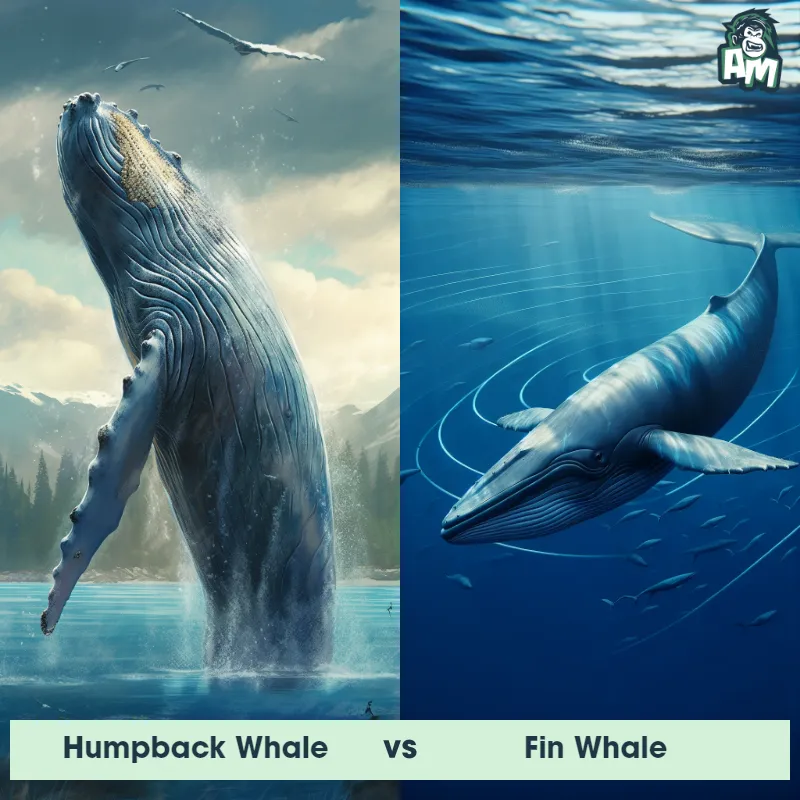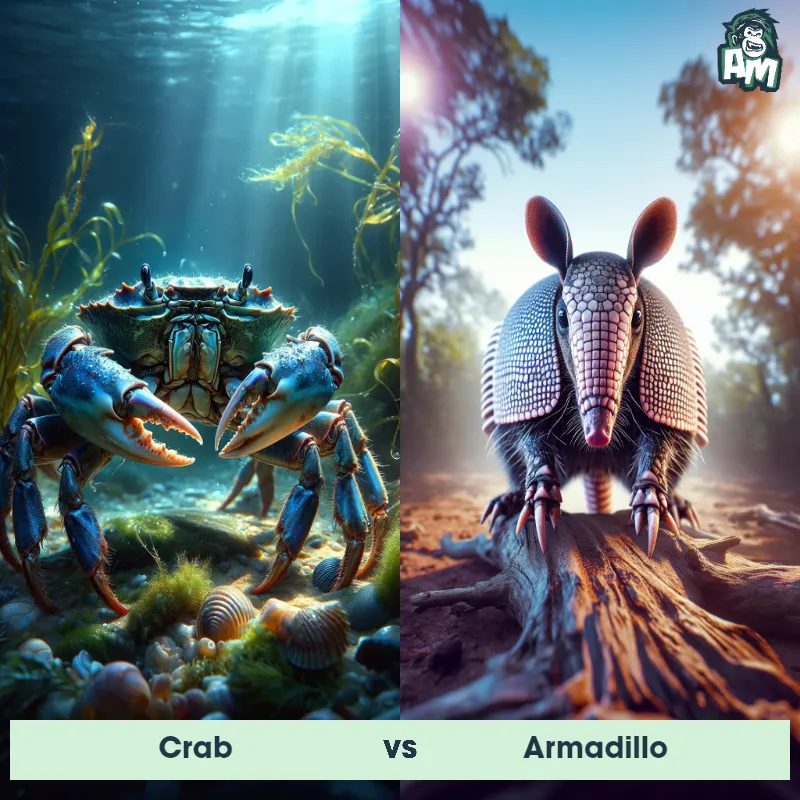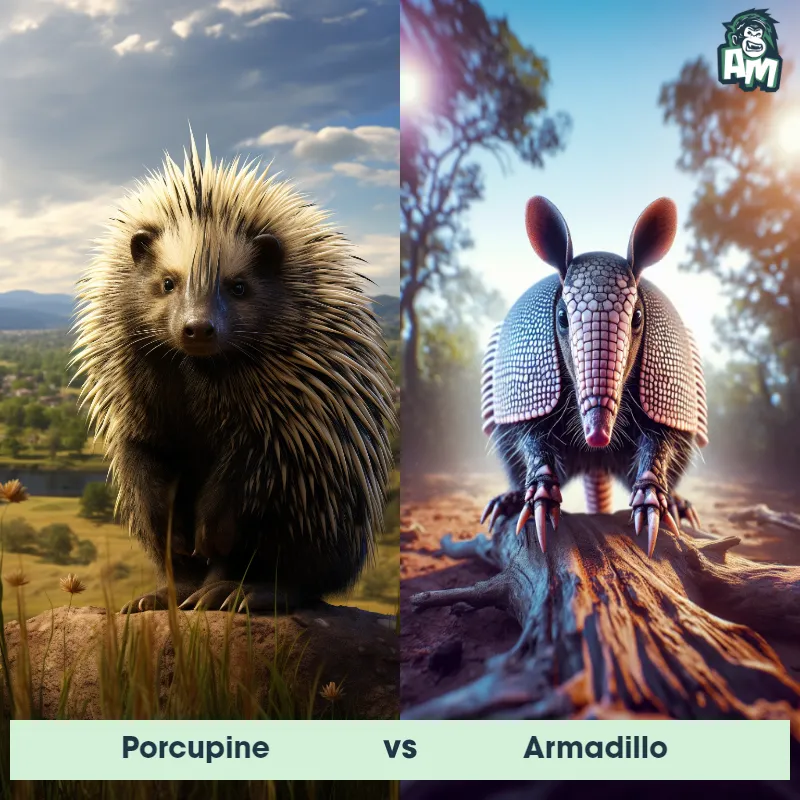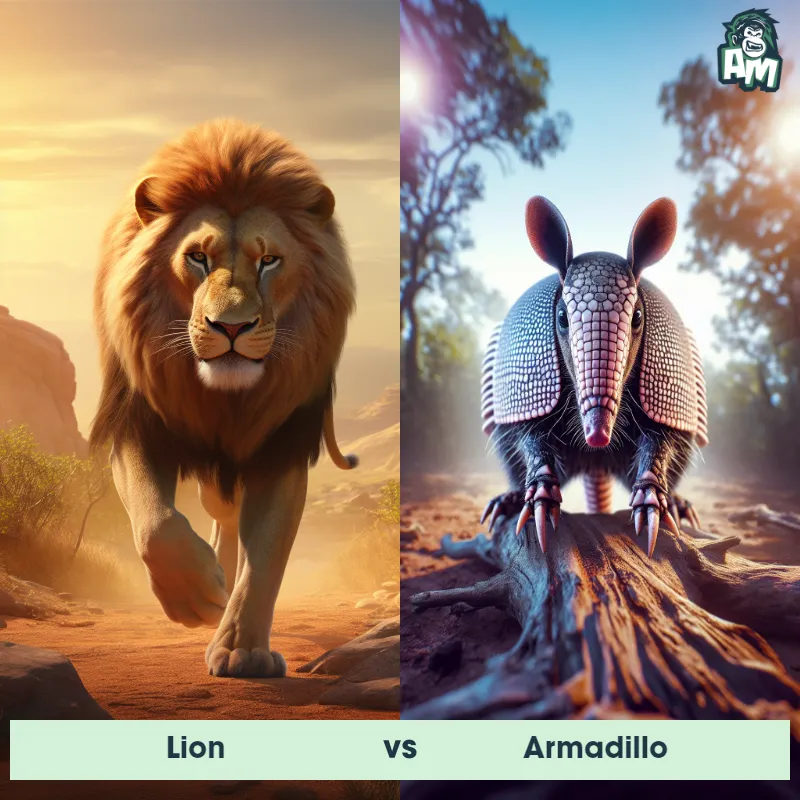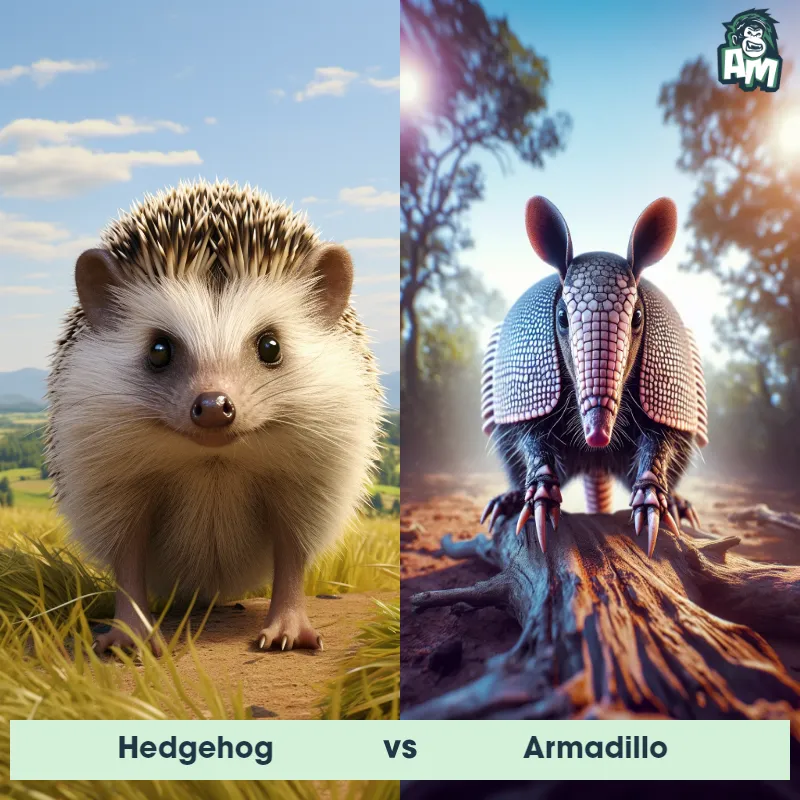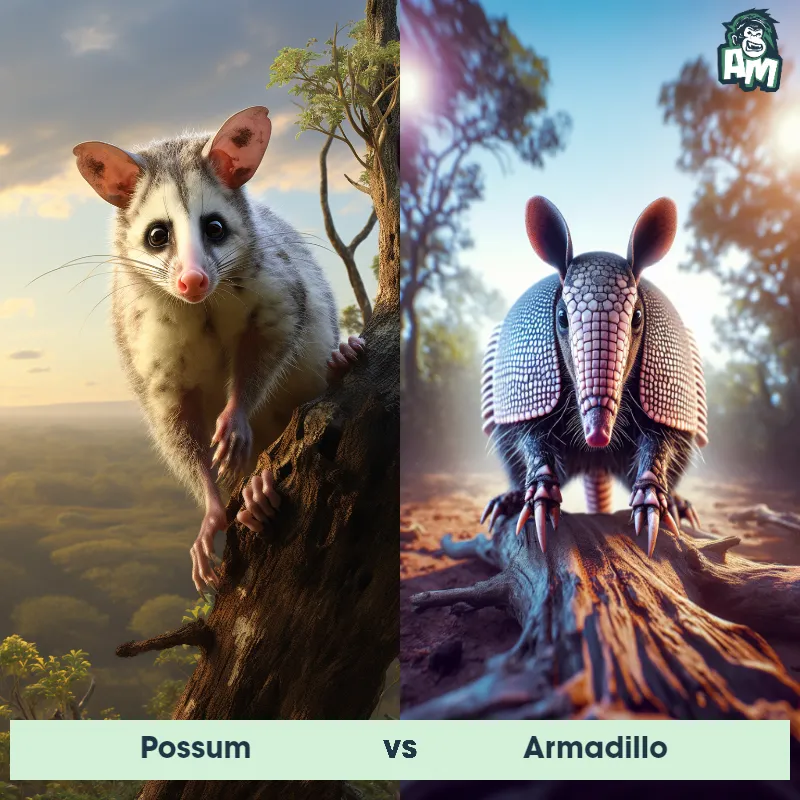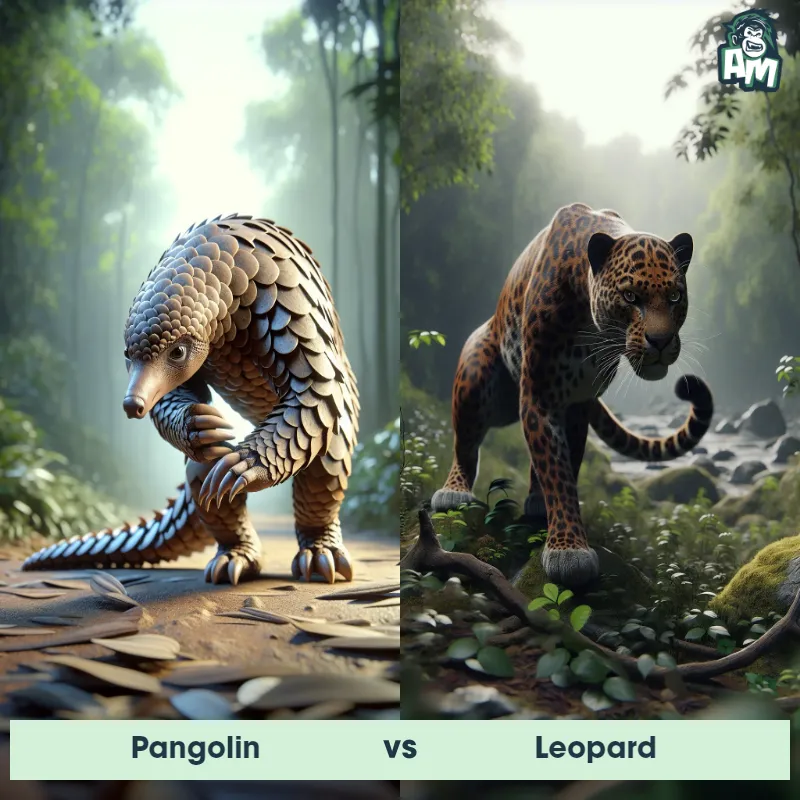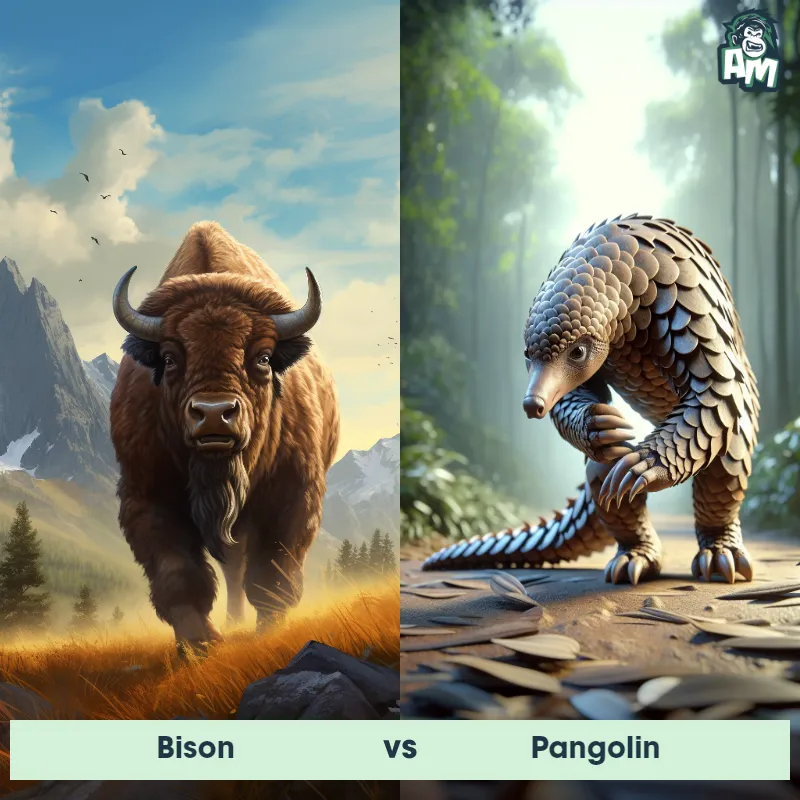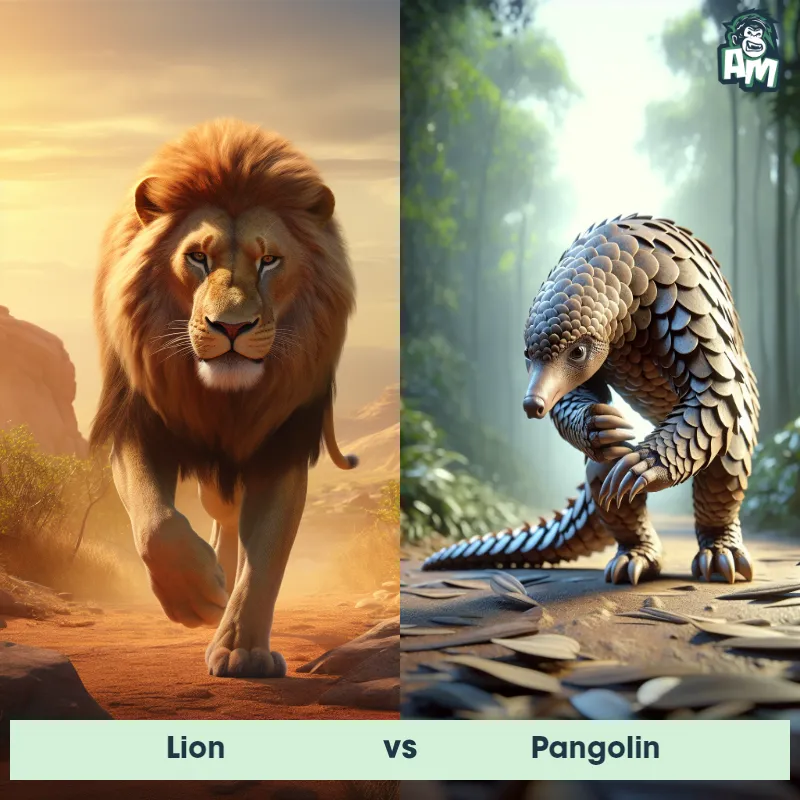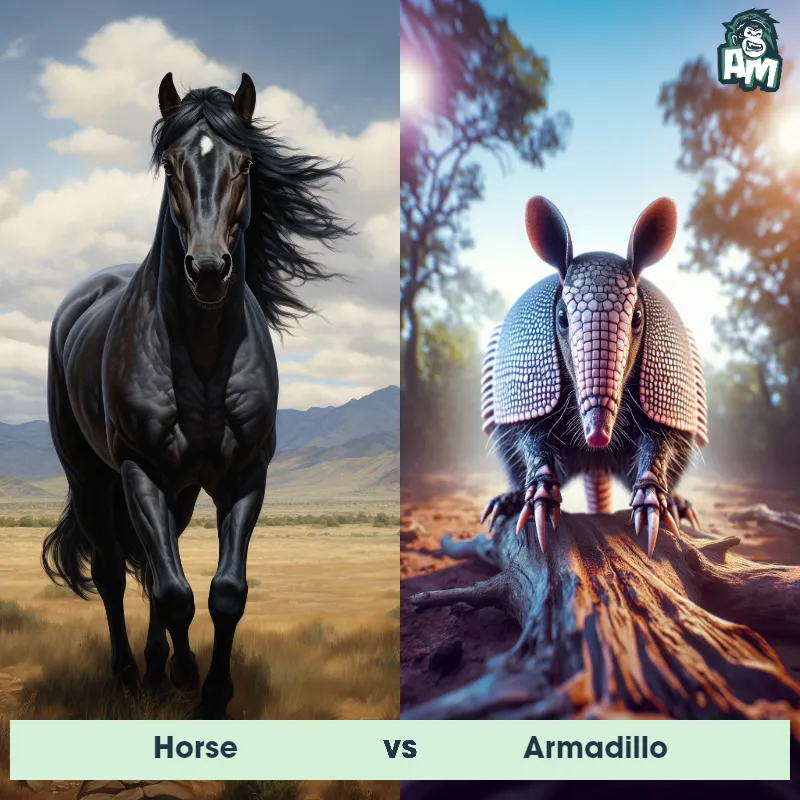Pangolin vs ArmadilloSee Who Wins

Ladies and gentlemen, welcome to this thrilling matchup between two armored titans of the animal kingdom: the Pangolin and the Armadillo! These creatures may seem small, but don't let their size fool you. When it comes to battle, both have developed remarkable defense mechanisms to protect themselves. Now, let's witness their clash as they enter the ring for three intense rounds of combat!
Contender 1: Pangolin
The Pangolin, a unique mammal native to Africa and Asia, is known for its distinctive appearance and remarkable adaptations. With a body covered in overlapping scales made of keratin, it resembles a walking pinecone or an artichoke. The Pangolin possesses sharp claws for digging burrows and climbing, a long sticky tongue to extract ants and termites from their nests, and a prehensile tail for balance. These solitary animals are nocturnal and prefer tropical forests, savannas, and grasslands as their habitats. They have poor eyesight but rely on their keen sense of smell and hearing to navigate their surroundings.
Fun Fact: The Pangolin holds the remarkable distinction of being the world's only mammal with scales, making it one of nature's truly exceptional creatures!
Contender 2: Armadillo
The Armadillo, also known as the "little armored one," is a unique mammal characterized by its bony, leathery armor-like shell that covers its body. These fascinating creatures have a stocky body with short legs and are typically around the size of a small dog, ranging from 5 to 59 inches in length. Their sharp claws enable them to dig burrows easily, and their long tongue is perfect for catching insects, their primary food source. They have poor eyesight but an excellent sense of smell, which they use to locate food.
Fun Fact: Armadillos have a fascinating reproductive strategy called polyembryony, where a single fertilized egg divides into identical embryos, resulting in the birth of multiple identical offspring. This unique process allows Armadillos to give birth to quadruplets or even higher numbers of identical young.
Matchup Stats
| Pangolin | Armadillo | |
|---|---|---|
| Size | 1-3 feet (30-90 centimeters) | 5-59 inches (12-150 cm) |
| Weight | 4-35 pounds (1.8-16 kilograms) | 6-119 pounds (3-54 kg) |
| Speed | 3mph (4.8km/h) | 30mph (48km/h) |
| Key Strength | Sharp claws for defense | Sharp claws for digging and defense |
| Biggest Weakness | Slow movement | Poor eyesight |
Current Votes
Pangolin vs Armadillo
See Who Wins
View More Matches
Looking For More?
Similar Matches
Scientific Stats
| Pangolin | Armadillo | |
|---|---|---|
| Scientific Name | Manis | Dasypus |
| Family | Manidae | Dasypodidae |
| Habitat | Tropical forests, savannas, grasslands | Grasslands, forests, and deserts |
| Geography | Africa, Asia | Found in the Americas, primarily in South America, Central America, and the southern parts of North America |
| Diet | Ants, termites | Insects, small vertebrates, plant material |
| Lifespan | 12 years - 15 years | 10 years - 15 years |
Key Differences between Pangolin and Armadillo
- Size: The Pangolin is generally larger than the Armadillo, with adult Pangolins reaching lengths between 3.5 to 4.5 feet, while Armadillos typically measure around 15-20 inches in length.
- Habitat: Pangolins are mainly found in Africa and Asia, occupying forested and grassland habitats, while Armadillos are primarily native to the Americas, including deserts, grasslands, and forests.
- Body shape: Pangolins have a more elongated body shape with a distinct neck, while Armadillos have a compact body with a rounder shape.
- Tail: The Pangolin has a long, muscular tail that helps it climb trees and serves as a defense mechanism, while Armadillos have a relatively short tail.
- Snout: Pangolins have a long, pointed snout with a small mouth, ideal for reaching into anthills and termite mounds for food, whereas Armadillos have a shorter, more rounded snout.
- Scales: Pangolins are covered in large, overlapping scales made of keratin, giving them a reptilian appearance, whereas Armadillos have tough, leathery plates covering their body, resembling a sort of armor.



